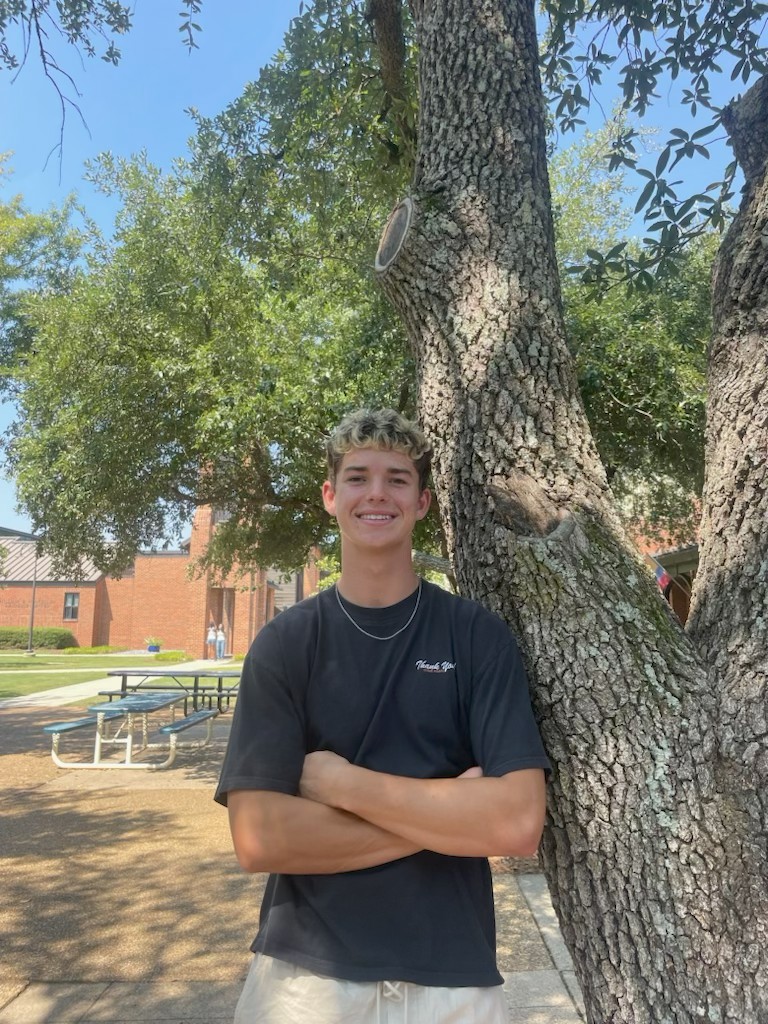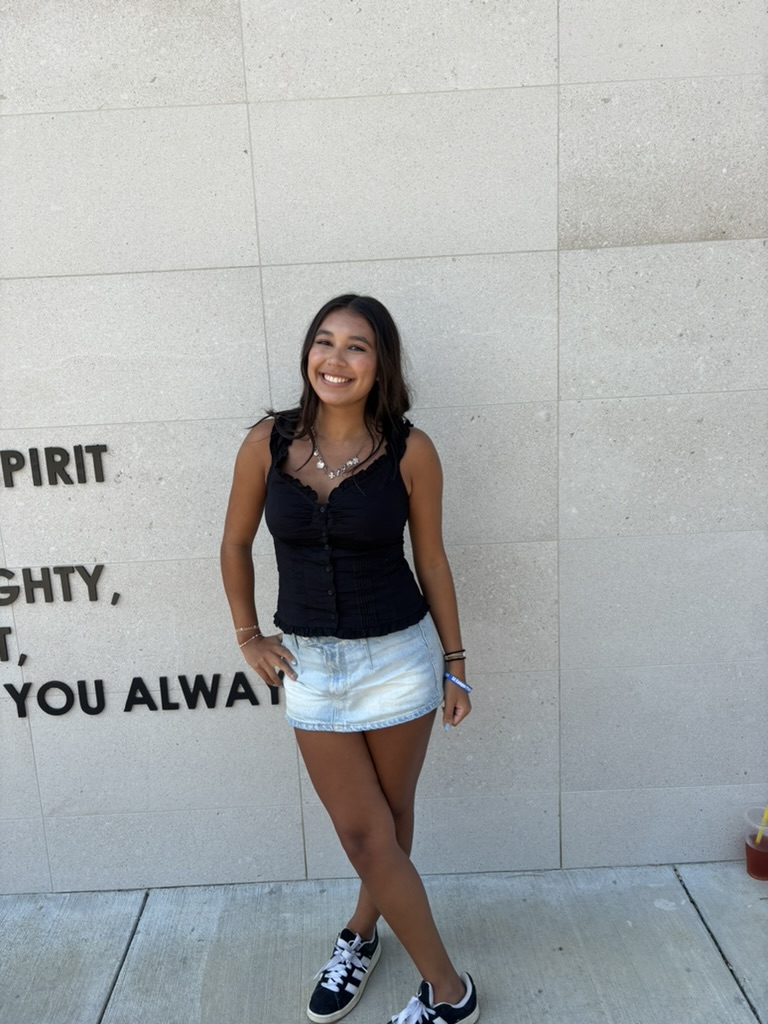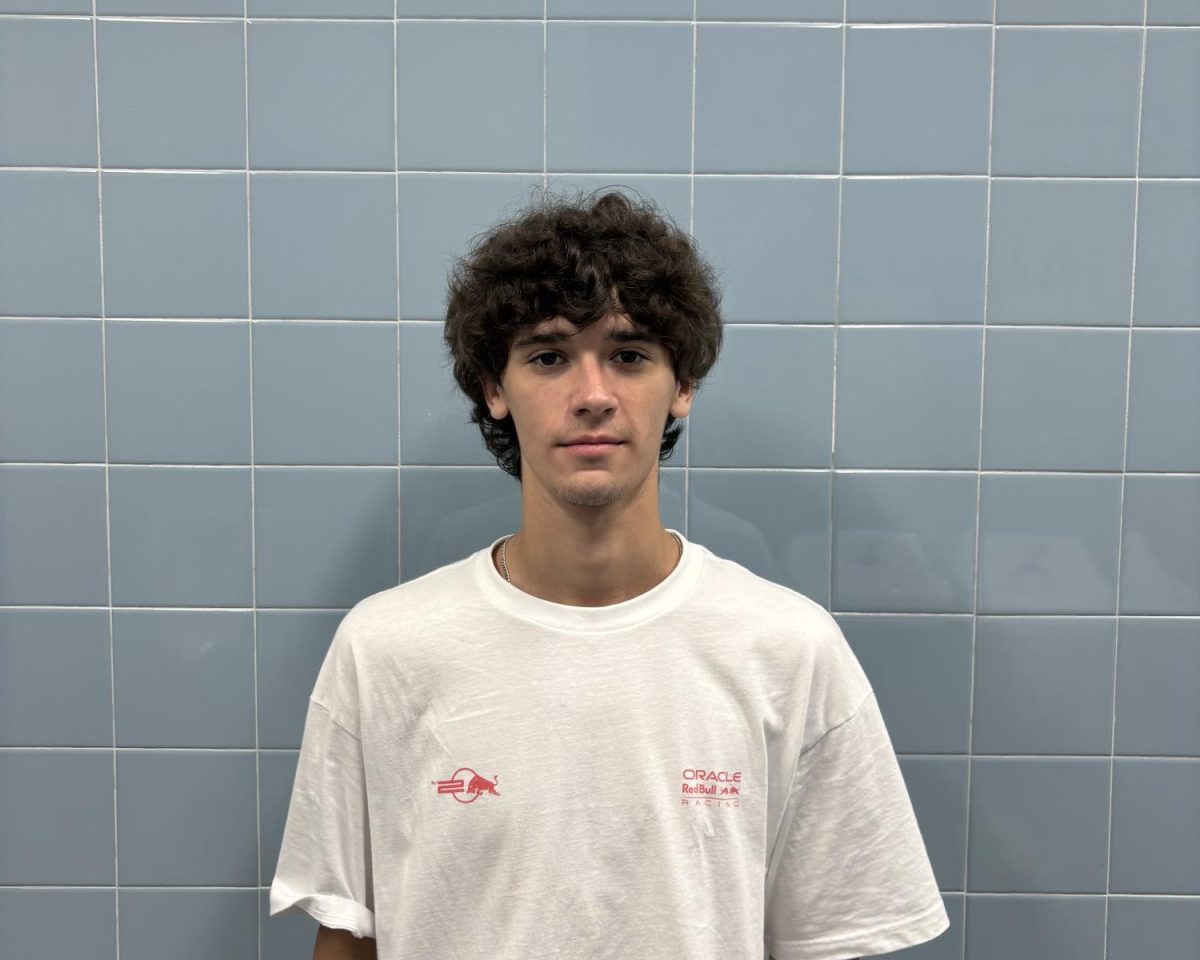In modern social media, where apps like TikTok, Instagram, and Twitter (X) operate on instant sharing, the line between art and plagiarism is often tested. Social media has created a culture where creativity can prosper and spread very quickly, but it has also fostered an environment where ideas, statements, and images are frequently borrowed without acknowledgment. According to the World Intellectual Property Organization, plagiarism in digital spaces is difficult to track because reposts and screenshots erase the “paper trail.” As a result, uncredited use threatens the very authenticity that makes art meaningful in the first place.
Artists commonly argue that the distinction often comes down to intention. “I think art on social media is less about the medium or physical materials,” Upper School Art Teacher Jessie Humble said. “It’s more about intention and voice.” In other words, a meme, video, or picture can all become art if they carry that creator’s vision. This basically means that art online is less about format; it’s whether the work conveys an emotion or idea that is strictly tied to its author. What elevates a post from just content to art is the distinct imprint of the individual who made it.
In comparison, the individual voice is exactly what plagiarism erases. “When someone takes another creator’s work, things such as images, ideas, captions, or videos and reposts or rebrands it as their own without giving credit can be bad,” Humble said. “That is exactly what erases the labor and voice of the original artist.” This idea directly shows the controversy at the heart of social media creativity: sharing online can help an artist gain attention, but the fast pace of viral content also makes it easy for others to claim the work as their own. Transitioning from authentic art to plagiarism can happen so easily, leaving the originator’s effort invisible.
At the same time, visibility is also what makes social media art distinct from traditional forms. “With Social Media, art is made to be seen, shared with others, and reacted to,” Humble said. “Visibility and interaction become part of its meaning.” Here lies the conflict: viral exposure is both the strength and weakness of art online. The same mechanisms that allow a piece to connect with thousands also exposes it to misrepresentation. As apps grow and develop, both artists and users must take the responsibility of making sure that visibility helps, rather than hurts, the voices behind the work.
At its core, the difference between art and plagiarism on social media comes down to intention and credit. Social platforms have made it easier than ever to share creative work, but they’ve also made it harder to protect original editors. When media audiences understand the importance of giving credit to ones who deserve it the most, online spaces are more likely to prosper and celebrate true creativity instead of copied ones. For artists and editors, gaining attention should never mean having to lose their voice. For viewers, every like or share carries more meaning when it also honors the artist’s name and story. “Giving credit doesn’t take away from a post,” Senior Luke Smith. “It gives it recognition.”







